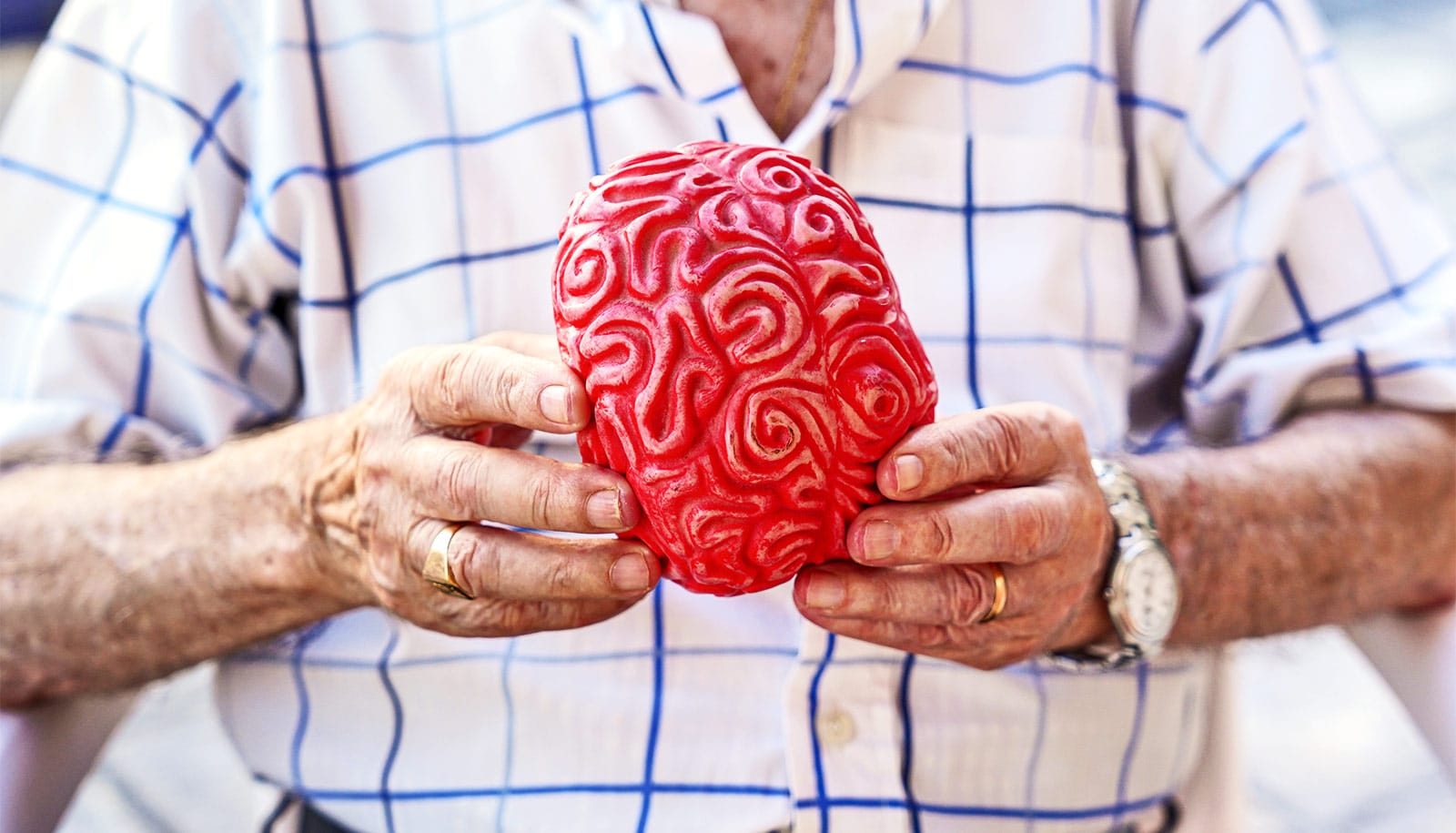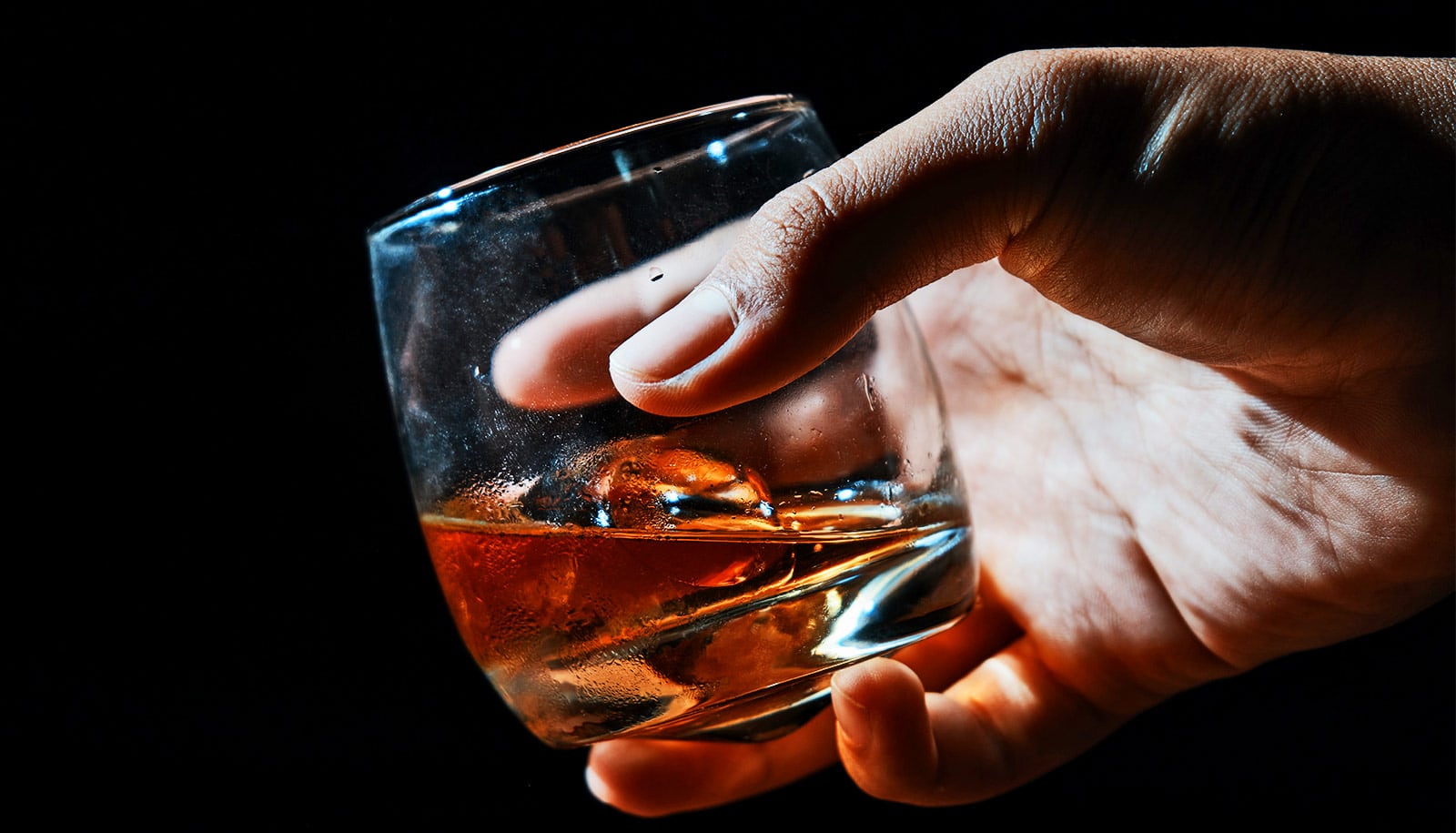Most teens have behavioral brakes, and use them, to keep risk-taking experiments and impulsive behavior in check, a new study reports.
The study, which appears in Journal of Youth and Adolescence, finds that only a subset of teens—those with weak cognitive control—engage in excessive levels of impulsiveness, such as acting without thinking, and end up struggling with addictions or other behavioral problem as young adults.
The research challenges traditional thinking that adolescence is a time of universal imbalance.
Cognitive control is the ability to exert top-down control over behavior, thoughts, and emotions. This ability, tied to executive functions, rests in the brain’s prefrontal cortex.
“People have heard so much about the teenage brain being all gas and no brakes, stemming from an imbalance between the reward and control regions of the brain,” says Atika Khurana, a professor and director of graduate programs in the prevention science program at the University of Oregon. “This study shows that this is not true. There is an imbalance for some youth, but it is not universal.”
The findings, she says, challenge traditional thinking that adolescence is a time of universal imbalance, with kids lacking cognitive control and taking risks to reap instant rewards.
Khurana and colleagues analyzed six waves of data collected from 387 adolescents, ages 11 to 18, in the Philadelphia area. They looked at changes in sensation-seeking and impulsivity during teenage years in relation to cognitive control and as predictors of substance use disorders in late adolescence.
Only those teens with weakness in cognitive control were at risk for impulsive behaviors, putting them at higher risk for substance abuse. While sensation-seeking did increase during teenage years, it was not associated with weakness in cognitive control or later substance abuse.
“Previous studies modeling changes in impulsivity and sensation seeking during adolescence drew conclusions based on age differences without looking at the same adolescents over time as they developed,” Khurana says. “This study looked at individual trajectories and captured distinct patterns of change that were not otherwise observable when looking at youth at different ages.”
Today’s teens aren’t as into drugs, alcohol, or theft
The study supported predictions of the Lifespan Wisdom Model developed by coauthor Daniel Romer of the University of Pennsylvania’s Annenberg Public Policy Center. It also was in line with a series of published findings that have emerged from Khurana’s work with the same data, which began while she was a postdoctoral fellow at the Annenberg Center.
In 2012, her group reported a positive association of working memory with sensation-seeking and a negative association with impulsivity. While children with sensation seeking engaged in exploratory forms of risk-taking, they were not getting stuck in unhealthy patterns of risk-taking.
Subsequently, the group has shown that weak working memory in combination with impulsivity can be used to predict trajectories of early alcohol use and risky sexual behavior in adolescents, and that adolescents with strong working memory are better equipped to escape early progression in drug use and avoid substance abuse issues.
Teens take risks, but that’s not a flaw of their brains
The research, Khurana says, speaks to the need for greater emphasis on early interventions that can strengthen cognitive control.
The National Institutes of Health funded the research. Additional coauthors are from the Children’s Hospital of Philadelphia.
Source: University of Oregon



